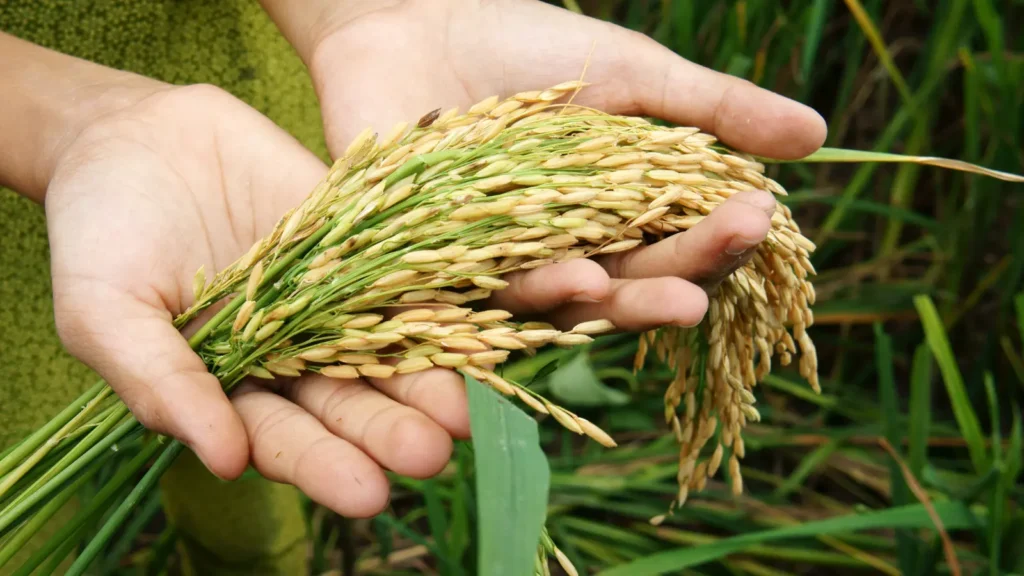GMO crops in products for human consumption are mostly low-nutrient additives in highly processed foods, providing little, if any, nutrition.19 The chemicals that accompany certain GMO crops can further deplete nutrients. For example, two common herbicides, glyphosate and glufosinate-ammonium, can act with soil microorganisms to reduce the crop's nutritional value.20
One of the most commonly grown GMOs, corn, is a poor nutritional substitute for non-GMO and native maize varieties, containing lower levels of protein, fiber, antioxidants, and less of the beneficial nutrients crucial for childhood development.21

GMO crops can be engineered for increased nutritional value, but the efficacy of this type of intervention is unclear. For example, Golden Rice is a genetically modified rice designed to address Vitamin A Deficiency (VAD), a serious condition that can cause blindness or death.22 However, practical limitations could compromise Golden Rice's effectiveness as a VAD intervention: vitamin A is a fat-soluble nutrient, meaning the body cannot absorb it without fat in the diet, which populations affected with VAD do not typically have.23 Also, the nutritional benefits of Golden Rice degrade rapidly during storage.24 Golden Rice's efficacy is still unknown. Shortly after limited cultivation began in the Philippines, its approval was revoked over safety concerns.25 In general, GMOs engineered to increase nutrients, alter flavor profiles or make healthy foods such as fruits and vegetables more convenient do nothing to address the root causes of hunger and malnutrition. Learn more about GMOs and feeding the world.
Alternatively, animal-free milk beverages made through genetic engineering may be marketed as "dairy-identical," but it is startlingly different from cow's milk.26,27 Mass spectrometer analysis shows the product lacks many of the nutrients of cow's milk while containing compounds not present in cow's milk, including 92 compounds that could not be identified.28